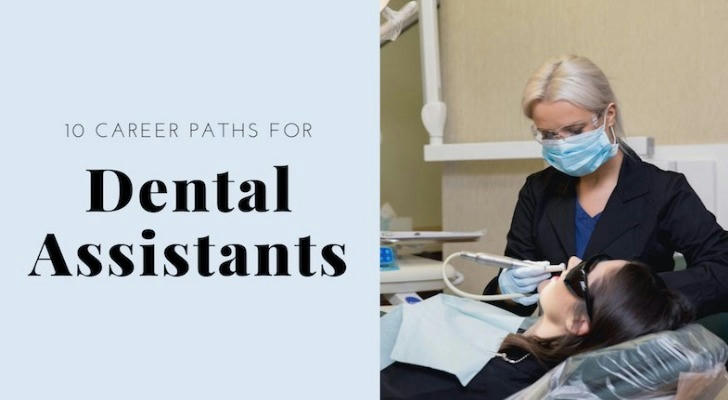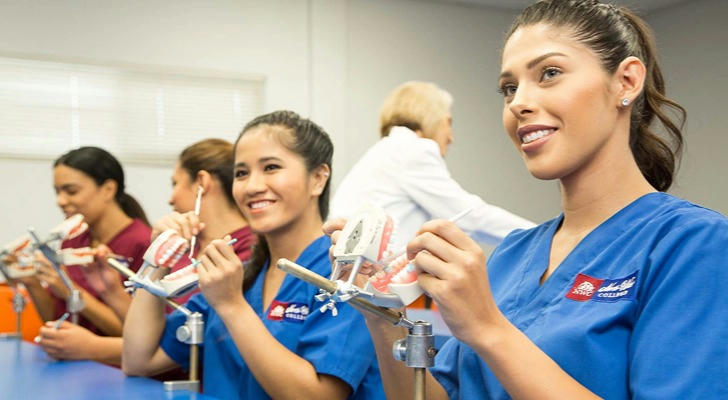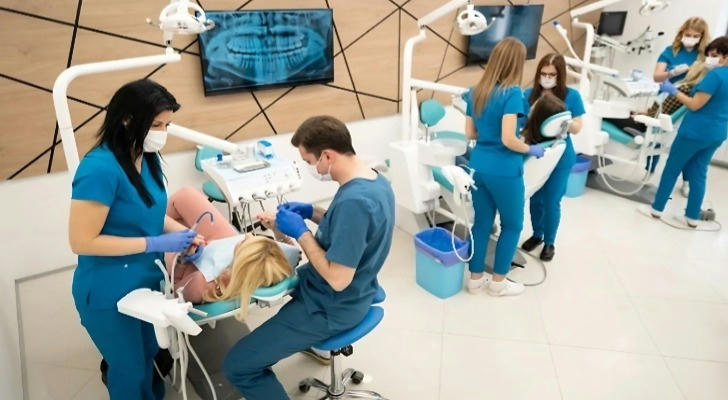Full Analysis of American Dental Assistant Courses: Industry Status and Employment Prospects
With the rapid development of the US healthcare industry, dental assistants (Dental Assistants) as an important member of the dental team, the demand continues to grow. This article will focus on the core content of the US dental assistant course, the industry employment environment and course selection suggestions, and provide practical guidance for users who are interested in studying this profession to help you make wise career plans.

I. What is a dental assistant?
Dental assistants are professionals who assist dentists in completing clinical and administrative work. Their responsibilities include preparing treatment instruments, assisting in oral examinations and treatments, taking X-rays, maintaining patient records and infection control. Dental assistants are not only "all-rounders" in dental clinics, but also an important role in ensuring patient safety and smooth diagnosis and treatment.
II. Current Status and Employment Environment of Dental Assistants
1. Industry Demand Continues to Grow
According to the US Bureau of Labor Statistics (BLS), dental assistant employment is expected to grow by about 11% in the next decade, far above the average. The aging population and increased awareness of oral health have driven the expansion of demand for dental services.
2. Salary level and job satisfaction
Data from 2025 show that the average annual salary of dental assistants is about $47,440, which has increased steadily over the previous years. However, about 36% of practitioners are not satisfied with their salary, reflecting the industry's attention to career development opportunities and work environment.
3. Diverse work environment
Dental assistants can work in a variety of environments such as private clinics, dental hospitals, and public health institutions. Different states have different requirements for the professional qualifications of dental assistants, and some areas require certification to work.
III. Core content and learning requirements of dental assistant courses
1.Course content
Taking Clackamas Community College as an example, the course covers dental X-ray shooting, chairside assistance, patient communication, clinic management, infection control and clinical internships. The course combines theory and practice, and the duration of study is generally about 1 year, and some support online learning.
2.Entrance Requirements
- 18 years of age or older, with a high school diploma or equivalent
- Complete necessary immunizations (Hepatitis B, MMR, etc.)
- Pass background checks and drug screenings
- Have basic writing and math skills
- Some schools require interviews or personal statements
3.Certificates and Accreditations
After completing the course, you can obtain a Dental Assisting Certificate. Some courses include Radiation Safety, Infection Control, and CPR. Some states require passing a registration exam to obtain a Registered Dental Assistant (RDA).

IV. How to choose a suitable dental assistant course?
1. Pay attention to course accreditation and state recognition
Give priority to courses that are recognized by the state dental board or relevant agencies to ensure that you have legal qualifications to practice after graduation.
2. Curriculum Setting and Internship Opportunities
The course should cover comprehensive clinical skills and administrative knowledge, and provide internship opportunities to help students accumulate real work experience and improve their employment competitiveness.
3. Financial Aid and Economic Support
Many community colleges and vocational schools support federal student aid (PELL Grant) and state vocational training subsidies. When applying, you can learn about funding eligibility through FAFSA to reduce tuition pressure.
V. Employment Advice and Career Development Direction
1. Accumulate internship experience
Actively participate in clinical internships, familiarize yourself with the operation process of dental clinics, and improve practical operation skills.
2. Obtain relevant certificates
Such as registered dental assistants (RDA), radiation safety certificates, etc., to improve professional competitiveness and salary levels.
3. Pay attention to industry trends
Understand salary changes, career development trends, and plan long-term career paths.
4. Improve soft skills
Dental assistants need to communicate well with patients and teams, and it is equally important to have a good sense of service and coordination skills.

VI. Conclusion
As a profession with a rapidly growing demand in the US medical industry, dental assistants have good employment prospects and stable salary levels. By choosing the right courses, obtaining professional certificates, and actively accumulating practical experience, you will lay a solid foundation for entering this industry. I hope this article can provide clear directions and practical references for readers who are interested in the dental assistant profession.
Through the above content, you can fully understand the American dental assistant industry and course selection, and be fully prepared for future career development.
